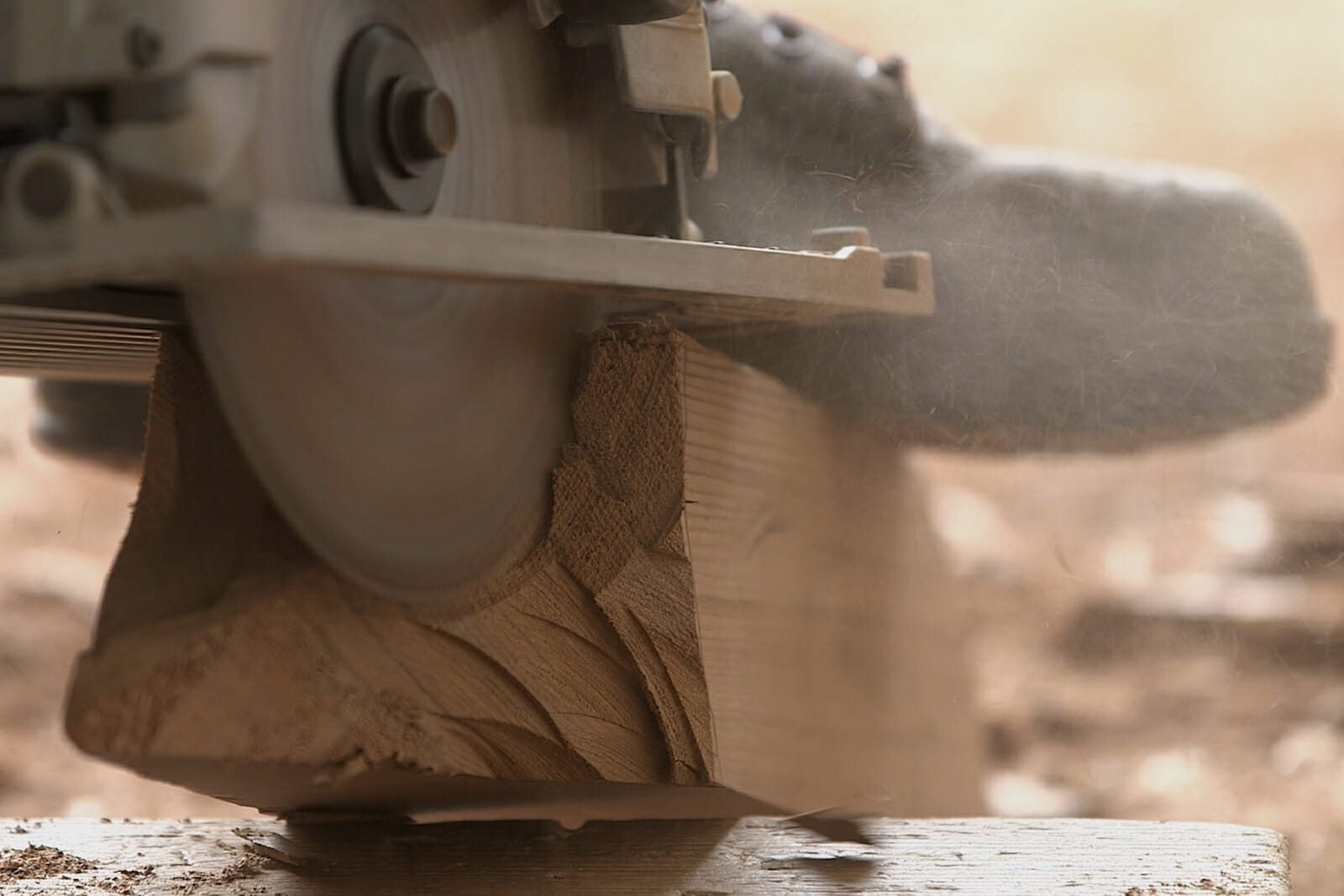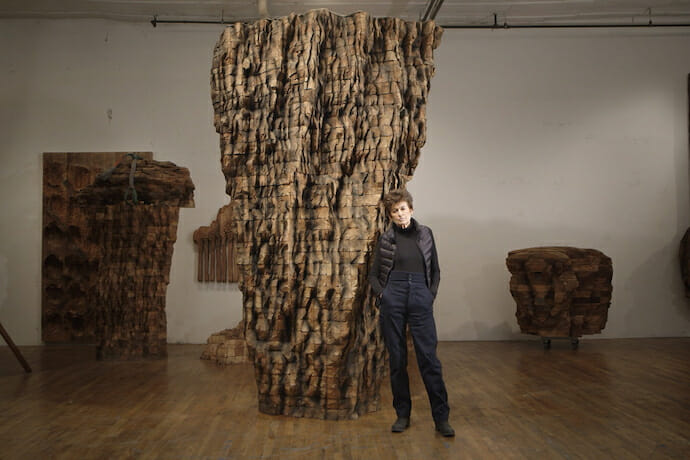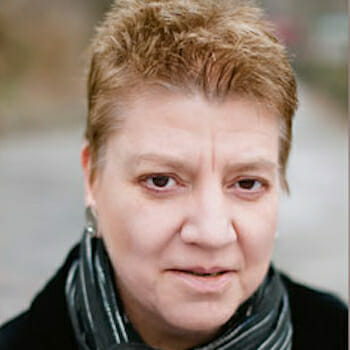
Interview with ‘Ursula von Rydingsvard: Into Her Own’ Director Daniel Traub
Daniel Traub is a New York City-based photographer and filmmaker. Traub’s photographs have been exhibited at the Catherine Edelman Gallery in Chicago, the Slought Foundation in Philadelphia, and the Lianzhou Photo Festival in China. His work can be found in public and private collections, such as the Margulies Collection at the WAREhOUSE and the San Francisco Museum of Modern Art. Traub’s work has also appeared in publications ranging from Aperture, European Photography, and The New York Times Magazine.
As a filmmaker, Traub has been the director of photography for documentaries and reports for networks and production companies including PBS, Arte, and German Television ZDF.
Ursula von Rydingsvard: Into Her Own is a documentary of one of the few women in the world working in monumental sculpture. Von Rydingsvard’s work has been featured in some of the world’s great museums, including the Museum of Modern Art, the Art Institute of Chicago, and the San Francisco Museum of Modern Art.
Our conversation, conducted over the phone and edited only for content, is below.
First of all, I want to thank you for this documentary. How did you come to meet Ursula? And how did the two of you decide to collaborate on this film?
In 2015, curators from the Yorkshire Sculpture Park were working with Ursula to mount an exhibition of her work at the 2015 Venice Biennale for Architecture.

At the same time, Ursula was embarking on a monumental outdoor sculpture commissioned by Princeton University. She had decided to use copper, a material she had never used before- the most difficult project she had ever embarked on. It seemed like an obvious focus for a documentary.
Also, there hadn’t really been an extended film on her work. Several shorter pieces, but nothing that went deeper. And Ursula was eager to have the Princeton project documented. I had her blessing.
And so we launched our collaboration to create a documentary film.
Are you continuing this collaboration?
No! This film has been a five-year endeavor. We are taking a break! No further projects are planned for now. But I have been so grateful or this collaboration.
Making this film has some parallels with Ursula’s own process. I started with no idea of where the film was going to go. I hadn’t really scripted or designed it. I just dove in. I let the material take me to where it needed to go.
That’s how Ursula works. She uses blocks of cedar, drawing directly on the blocks. In real-time. And the work takes its own form. In the moment.
This type of process was not a real choice of mine, but it just worked out that way.
The film shows Ursula drawing directly on the cedar blocks, then gouging them out, creating a sort of jigsaw puzzle. Then putting these puzzle pieces together. Could this have been a talent inherited from her father? Ursula noted that her father was adept at packing things together so tightly that no light could be seen between the pieces. She also noted that her father was not only intensely strong but wielded a hatchet. Didn’t her family actually bury the axe along with him? In his grave?
They buried the hatchet! Don’t know if that’s where the phrase comes from!
You are the son of a Chinese artist, Lily Yeh, and an American architect, David S. Traub. Do you think your own family and cultural traditions drew you to Ursula and her work?
Perhaps. And my Uncle Charles Traub is also a photographer. So the arts, architecture, and photography, are a family tradition.
I had not intended to make a career out of making films about artists. I started with The Barefoot Artist, a film about my mother, Lily Yeh, an extraordinary Chinese artist who does community-based projects in China and all over the word- about marginalized, war-torn, struggling communities.
I documented her work in the film, Barefoot Artist. And that led to other opportunities to make films about artists.
I am primarily a photographer. Making films is a parallel direction. But I appreciate the chance to have been exposed to some incredible people. This has informed and inspired my own photographic work.
You started very young, at age 12 as a photographer in Philadelphia. And you have documented North Philly, another struggling urban community in America.
Yes, I did write a book, North Philadelphia. It has been described as “a portrait of a neighborhood in prolonged crisis.” And now I’m photographing Philadelphia again. I grew up here, in fact.
Can you also tell me about your documentary, Xu Bing: Phoenix, about Chinese artist Xu Bing?
Xu Bing created sculptures in downtown Beijing about Chinese migrant workers -the lowest class of people in China. His sculptures, made out of construction debris, embody this exploited underclass of China.
A possible Japanese parallel might be the ‘precariat’ – the underclass employed to clean up the nuclear debris at Fukushima. Can you share with us any plans for future projects?
Before the pandemic, I was working on a project about American military bases overseas- like Okinawa. One friend wrote a book, Hotel Okinawa, about the interactions between the American base and the indigenous Okinawans – a strange hybrid culture. But the economy of Okinawa is dependent on the base.
But that project is on hold. Right now I am going through my photo archives and putting together new projects based on work I did in China twenty years ago.
As we are coming to the end of our interview, do you have a final message you want to convey?
No, I don’t, to be honest. I hope the film speaks for me!

